How to properly adjust the bike seat?
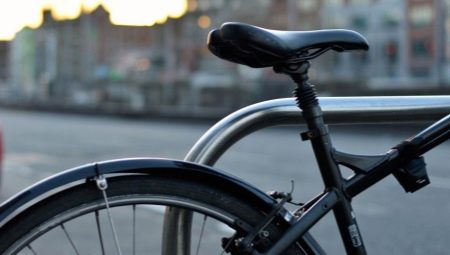
The bicycle is a very popular transport today. Many people choose it not only for sports, but also as a means of transportation. This is not surprising, because it is cycling that contributes to excellent muscle training and improved well-being. In this article we will talk about how to properly adjust the bicycle seat so that riding on it is as comfortable as possible and brings only benefits, and not harm to the body.
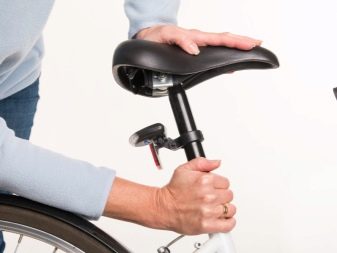

Why adjust the seat?
A bicycle is a simple mechanism that everyone is familiar with. But very often, people who ride this type of transport professionally or just out of necessity, do not even think about the fact that before saddling their "iron horse", it must be carefully prepared for the trip. One of the main preparation steps is the correct positioning of the seat. This is necessary in order to:
- the bike ride was comfortable;
- all muscle groups worked correctly;
- the load on the body was evenly distributed;
- it was easy to manage transport;
- benefited the body.
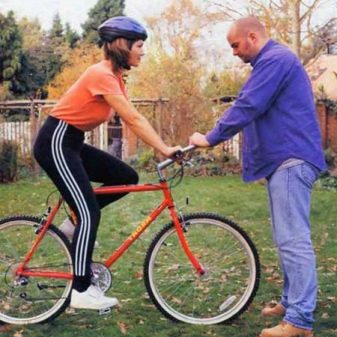
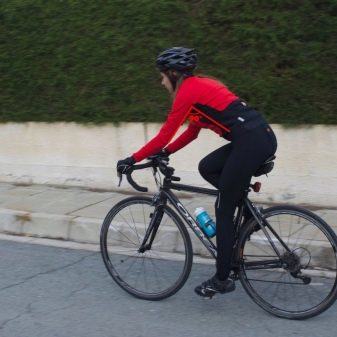
The first thing to do after buying a bike and before using it is "Fit for yourself", taking into account all the structural features and parameters of the body of the one who will ride it. You should be aware that for each model of such transport there is its own adjustment option. For example, on a mountain two-wheeled transport, it is different from that which is characteristic of an amateur, ordinary type of mechanism.There are certain rules that are required for all bike modifications. Should be adjusted:
- seat height relative to pedal level;
- the seat angle is determined by its offset.
Further in the article, we will talk in detail about each of the rules and how to correctly carry out the process itself.

Height adjustment
This parameter is one of the most important, from which you need to start the adjustment. You can determine the height of the seat yourself, for this you need to take into account the growth of the rider and the peculiarities of the terrain on which the trip will be carried out. Before starting the setup, you must understand the following rules to ensure the safety of your trip.
- Each mechanism has a maximum height mark. So, the level of the seatpost should be within acceptable limits.
- Having decided on the optimal level of height, the "seat" must be well positioned and fixed at the selected level.
- The front of the saddle must be level.
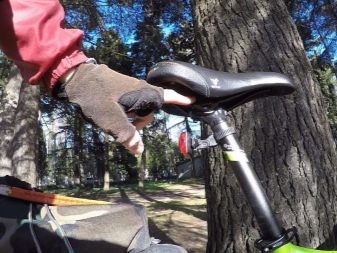
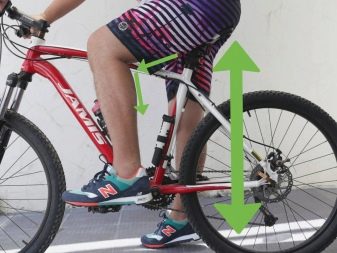
The adjustment itself is quite simple and consists of the following steps:
- first of all, the tightening nut is loosened;
- further, the pin is slowly pulled out (pressed in), while you need to hold the saddle;
- then the mount is tightened;
- at the last stage of adjustment, you need to check whether the seat is firmly fixed.
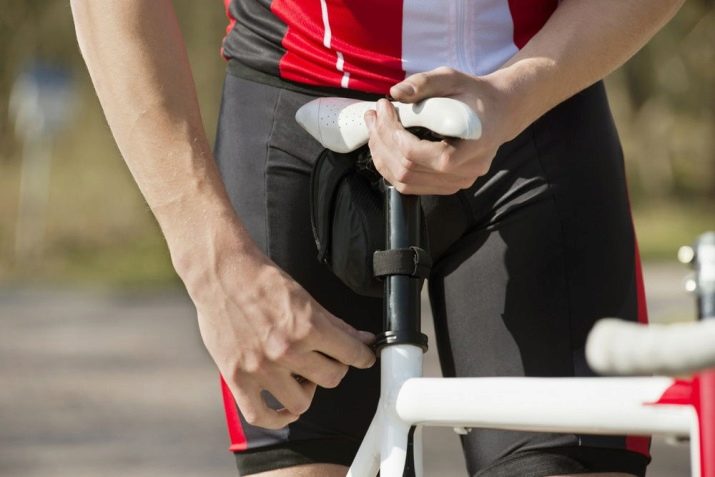
It is imperative to position the seat correctly. Methods that have been specifically developed for this type of adjustment will help determine the level of the seat on your bike.
- Numerical calculation. When calculating the required height in this way, you will need a tape measure or centimeter. Using a measuring tool, you need to determine the distance from the sole to the groin on your body. The resulting value must be multiplied by a constant factor of 1.09. For example, if the length of your legs is 60 centimeters, then after multiplying it turns out that the seat should be at a height of 65.4 centimeters from the floor.
But experts say that you do not need to fully rely on this method - it is very approximate.
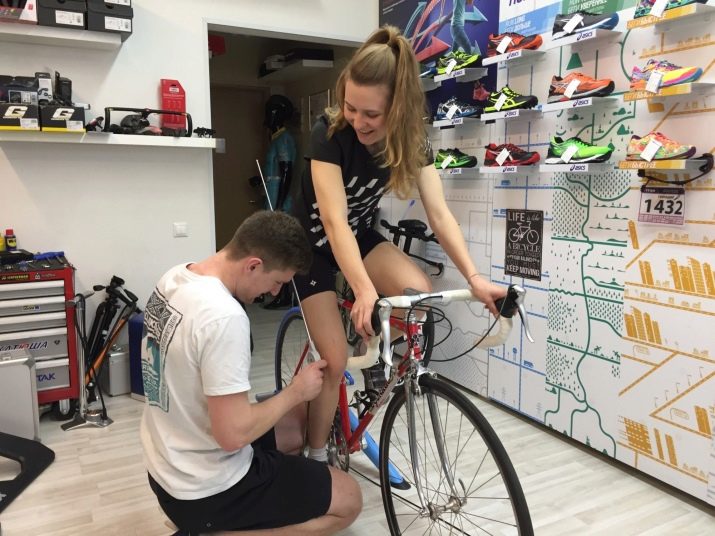
- Almost straight leg method. This method was developed so that it can be used to determine the bend of the leg. It has been experimentally found that the correct position is when the limb on the lower pedal is straight.
To establish the correct position of the leg, you simply need to adjust the post, lower it, or raise it.
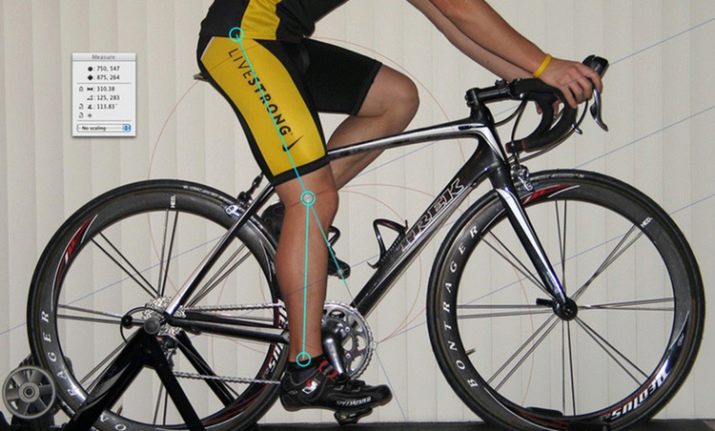
- Heel method. This method suggests sticking to the following sequence of actions:
- you need to put the "iron horse" so that it is motionless;
- sit on the saddle and fix the heel on the pedal - at this moment it should be at the bottom;
- adjustment and fixation should be done with the leg completely straight.
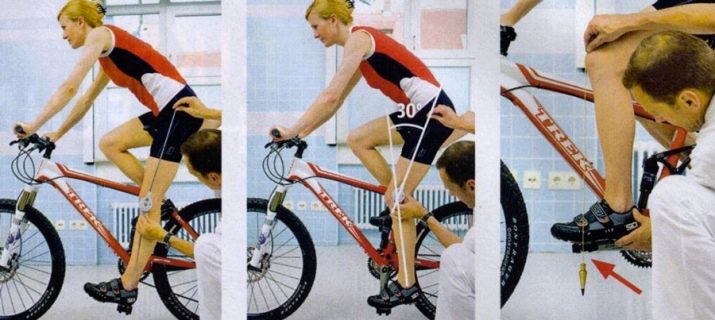
After this method of adjustment, the leg, being on the pedal in the lower position, must be straight. If, after adjustment, the leg at the knee is bent, the seat must be raised higher, and if it does not even reach the pedal, it must be lowered.
You can also use the option for which you need a special goniometer device.... People call this method "The Hill Method". It makes it possible to reduce the likelihood of injury while traveling. With a goniometer, you can measure the angle of the knee joint. Ideal for an adult if the angle is 25º - 30º. But if you have knee problems, before using this method, you must definitely consult with a specialist.
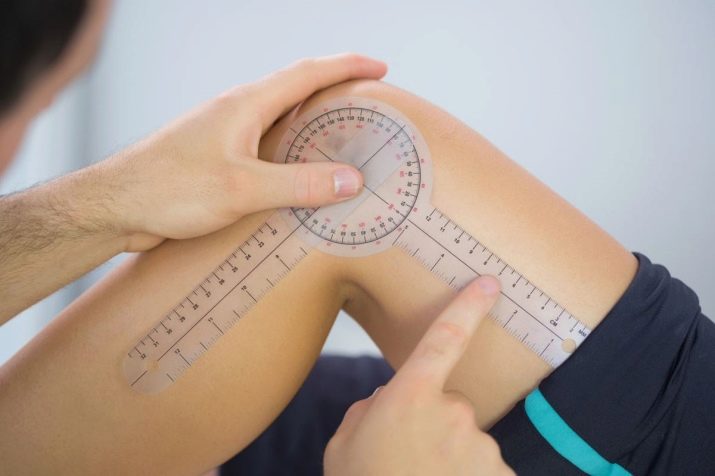
Angle setting
Experts and professional cyclists claim that the saddle must be installed horizontally and directed towards the direction of traffic. Tilting the saddle is not recommended. How the load will be distributed on different muscle groups depends on the angle of inclination.In the event that the front of the saddle is strongly raised up, the pressure on the soft tissues will increase, and this is fraught with negative consequences and diseases.
With a strong forward tilt of the saddle, you will constantly slide, and the ride itself will not bring pleasure, but only discomfort.
How do I adjust the seat for a comfortable riding position? You just need to sit on it, find the optimal comfortable body position and fix the tilt.

Horizontal position
With this type of adjustment, the length of the arms must be taken into account. This setting allows you to:
- establish the correct centering;
- ensure good speed while driving;
- make transport management easy and convenient.

The process is performed in the following sequence:
- loosen the screw that fixes and secures the pin and the seat;
- move the seat;
- fix the fastening elements;
- sit on the saddle and pay attention to the position of the knees, their level should be vertical in relation to the pedal axis (to check, use the position of the leg at the lowest point, the knee should not protrude much forward).

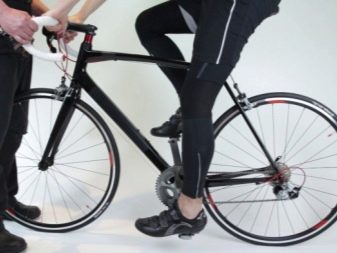
Horizontal adjustment is only possible after the seat has been correctly installed... After completing all the above steps, taking into account the physiological characteristics of the body structure, you can be sure that the load while riding will fall on all muscles in the same volume. At the same time, arms and legs will not get tired quickly.
Today, a large number of bicycles from various manufacturers are represented on the market for sports goods and equipment. In most cases, they are sold disassembled, therefore Instructions for assembly and adjustment should always be included.
When buying a bike, be sure to ask the seller about the availability of this document.


For information on how to properly adjust the saddle on your bike, see the next video.








